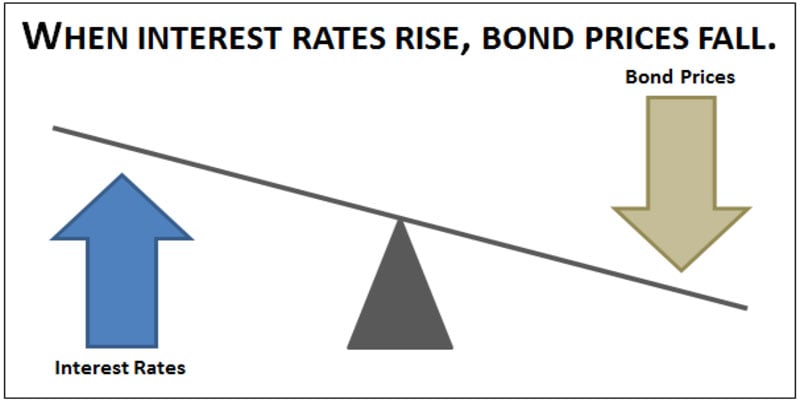Advertisement
Advertisement
Understanding the Art of Revenue Calculation in Business
Feb 15, 2025 By Rick Novak
Calculating revenue is a fundamental financial process for companies that provides a crucial measure of their financial performance. Revenue, often referred to as "top-line" income, represents the total amount of money generated by a company through its primary operations, such as sales of products or services. This critical metric serves as a key indicator of a company's growth, profitability, and overall health, and the methods used to calculate it can vary depending on the nature of the business and its accounting practices. In this overview, we will delve into the various approaches and considerations involved in calculating revenue for businesses of all types and sizes.
Types of Revenue
Companies categorize revenue into various types, including operating revenue and non-operating revenue. Operating revenue refers to income generated from a company's core business activities, such as the sales of products or services. Non-operating revenue, on the other hand, encompasses income from secondary sources like interest, rental income, and investments. Total revenue combines both operating and non-operating revenue to represent the overall income a company earns, providing a comprehensive picture of its financial performance.
Components of Revenue Calculation

Revenue calculation involves several key components. First, there's sales revenue, which comprises the income from the sale of products or services, determined by the sales price and the quantity sold. Additionally, service revenue is a significant part, stemming from the provision of services, with the calculation based on service fees and the number of services provided. Furthermore, other revenue sources encompass various income streams such as interest income, dividends, and rental income, contributing to the overall revenue generation of a company. These components collectively offer a comprehensive view of how a company calculates its revenue.
Steps in Revenue Calculation
- Identification of revenue sources: The first step is to identify and categorize all sources of revenue, which may include sales, service fees, interest income, and more.
- Determination of revenue recognition criteria: This step involves defining when and how revenue should be recognized. It includes considering revenue recognition principles, such as choosing between accrual and cash basis accounting, as well as establishing the timing for recognizing revenue.
- Collection and validation of financial data: Gathering accurate financial data from various sources, ensuring its integrity, and validating its accuracy is crucial for reliable revenue calculation.
- Calculation of revenue: Using the data collected, calculate the total revenue, which involves adding up income from all revenue sources.
- Recording revenue in financial statements: Finally, the calculated revenue is recorded in financial statements, such as the income statement, ensuring it is accurately represented in the company's financial reports.
Revenue Recognition Methods
Revenue recognition methods encompass various approaches for recognizing income. Accrual accounting recognizes revenue when it is earned, irrespective of when cash is received, adhering to the matching principle to align revenue and expenses accurately. In contrast, cash accounting records revenue when cash is physically received, simplifying the process but potentially distorting the timing of revenue recognition. Hybrid methods incorporate elements of both accrual and cash accounting, offering flexibility in revenue recognition to suit specific business needs and circumstances. The choice of method significantly impacts financial reporting, affecting how a company portrays its revenue and profitability.
Factors Impacting Revenue Calculation

Revenue calculation is subject to various factors that influence its accuracy. Sales discounts and allowances can decrease the total revenue, as they reduce the actual selling price. Returns and refunds are crucial to consider as they subtract from the initially recorded revenue, necessitating adjustments. Bad debt represents uncollectible sales and must be factored in to prevent an overestimation of revenue. Additionally, revenue can fluctuate with changes in seasonality and economic conditions, impacting customer spending patterns and overall demand, making them essential variables in precise revenue calculations.
Financial Reporting and Disclosure
Inclusion of revenue in income statements
Revenue is prominently featured in income statements, which provide a detailed breakdown of how much money a company has earned through its primary operations, such as sales, services, and other income sources.
Presentation of revenue in balance sheets
The balance sheet typically includes revenue under shareholder's equity, illustrating how retained earnings have been affected by the company's revenue over time, offering a snapshot of its financial health.
Disclosure of revenue in footnotes
Footnotes to financial statements provide supplementary information, including details on revenue recognition policies, contingencies, and additional insights into revenue sources and segments, ensuring transparency and clarity in financial reporting.
Regulatory and Accounting Standards
Regulatory and accounting standards, such as International Financial Reporting Standards (IFRS) for global consistency, Generally Accepted Accounting Principles (GAAP) for the United States, and industry-specific standards for sector-specific needs, ensure transparency and uniformity in financial reporting.
Challenges in Revenue Calculation
Challenges in revenue calculation encompass a range of factors that can impact the accuracy and complexity of financial reporting. Complex revenue streams, which involve various income sources, often require intricate calculations and recognition methods. Cross-border transactions add complexity, as differing regulations and currencies can complicate revenue recognition. Additionally, changes in accounting standards, such as ASC 606 and IFRS 15, necessitate adjustments in how revenue is recognized and reported, requiring companies to stay agile in adapting to evolving accounting practices. These challenges underscore the importance of precision and adaptability in revenue calculation and reporting.
Conclusion
Revenue calculation is a vital aspect of a company's financial management, reflecting its success in generating income from its core activities. Whether through straightforward sales transactions or more complex revenue recognition methods, accurate revenue figures are essential for assessing a company's financial health, making informed strategic decisions, and ensuring transparency for stakeholders. Companies must adhere to generally accepted accounting principles and adapt their calculations to the specific characteristics of their industry, demonstrating the importance of diligent financial reporting and management.
On this page
Types of Revenue Components of Revenue Calculation Steps in Revenue Calculation Revenue Recognition Methods Factors Impacting Revenue Calculation Financial Reporting and Disclosure Inclusion of revenue in income statements Presentation of revenue in balance sheets Disclosure of revenue in footnotes Regulatory and Accounting Standards Challenges in Revenue Calculation Conclusion
Net Profit Margin: An Overview

Why 3x ETFs Are Riskier Than You Might Think

Continuous Net Settlement: Navigating the Financial Web

Deciphering Hedge Funds: Balancing Returns and Fees

How to Trade Orange Juice Options

The Impact of CHIP on Children's Access to Healthcare Services

The Inverse Connection Between Interest Rates And Bond Prices

Cash on Hand versus Earnings: A Comparison



